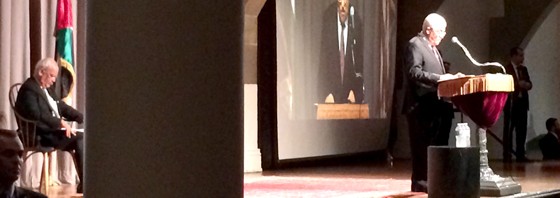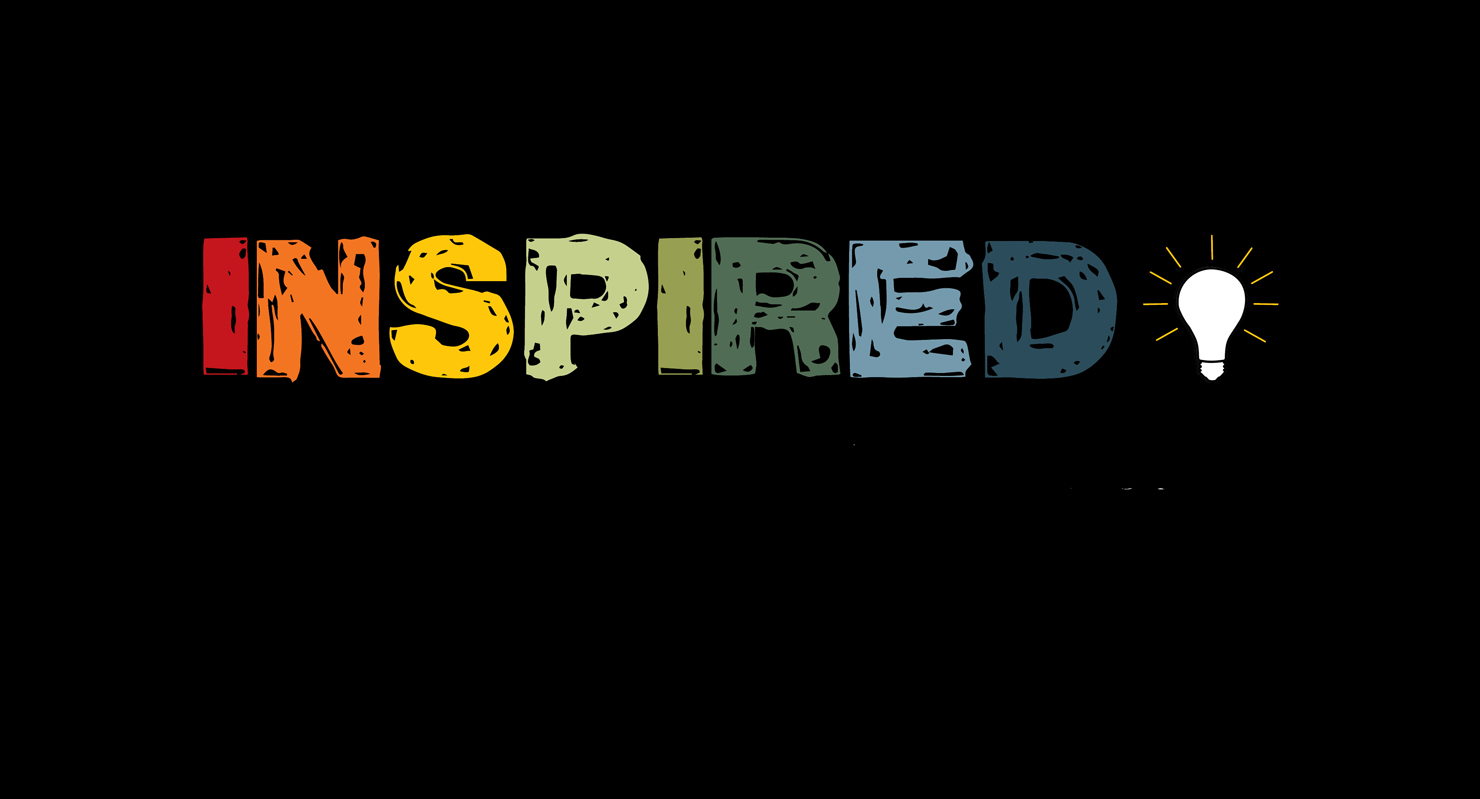Dear Seeds,
I want to let you know how much you are all on our minds right now. I am thinking of you, your families, your communities, and our Seeds community and struggling with how to offer support from so many miles away.
There’s no doubt that it’s moments like these that challenge us in fundamental ways—not only as Seeds—but as human beings. It’s understandable to feel angry, hurt, disappointed, and afraid of what is happening.
Communication is often hardest when it is the most needed, but I hope you will work through this challenge in a way that shows respect. Talk to each other, ask questions, be honest. Support each other, even if it’s more difficult and painful than it has ever been before.
We are lucky to begin our journey together in Maine, where the violence and realities of what you are facing today do not exist. At the same time, we recognize that the reality we create together in Maine has not yet become reality at home.
These moments test us. They test our commitments to each other and to a different future. There is no doubt that we all want and deserve to live free from violence. This path towards change will get harder before it gets better, but know that I—and the Seeds of Peace staff—will continue to believe in you and support you as best we can.
Please stay safe. Please be in touch. Please don’t give up.
All my love,
![]()
Leslie Adelson Lewin
Executive Director



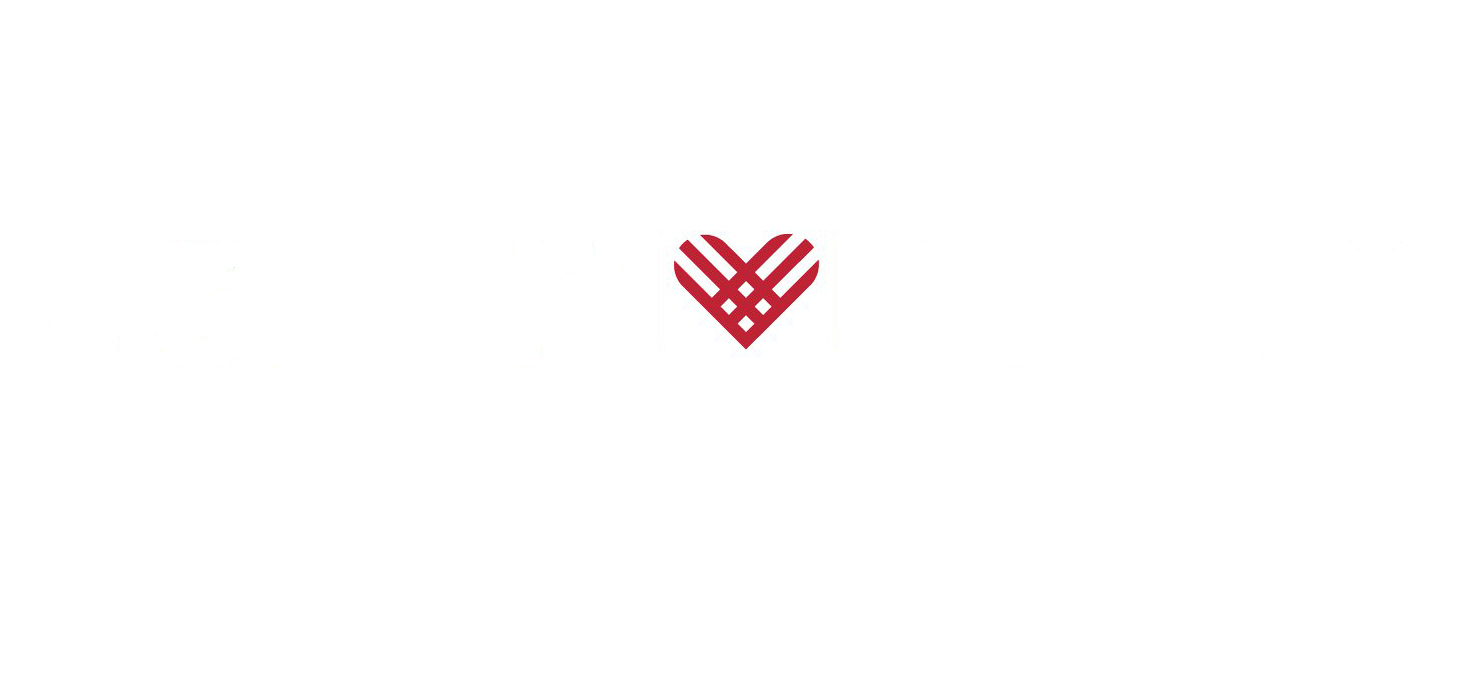
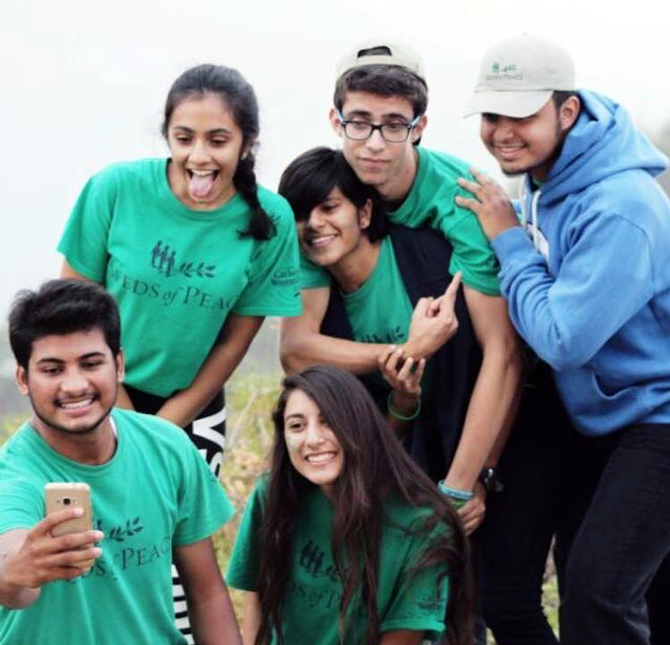
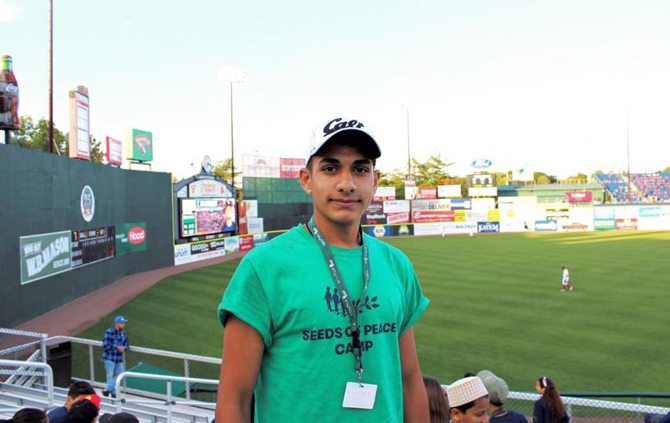
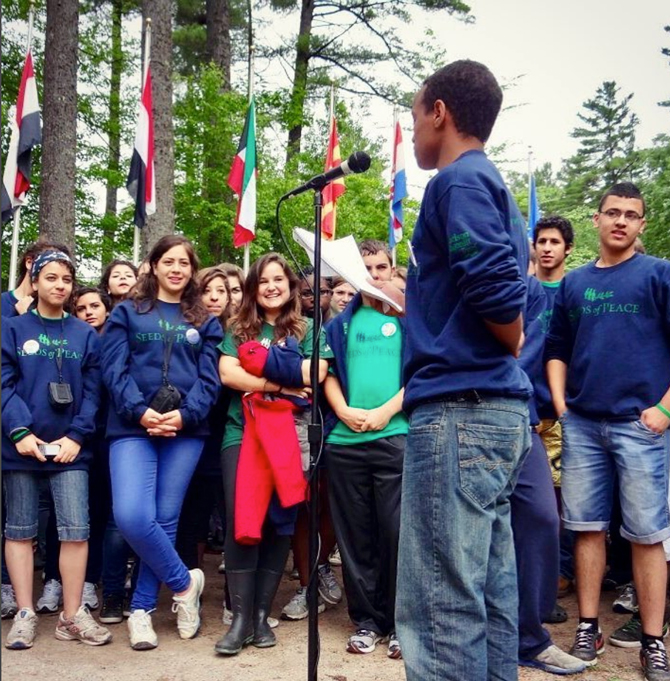
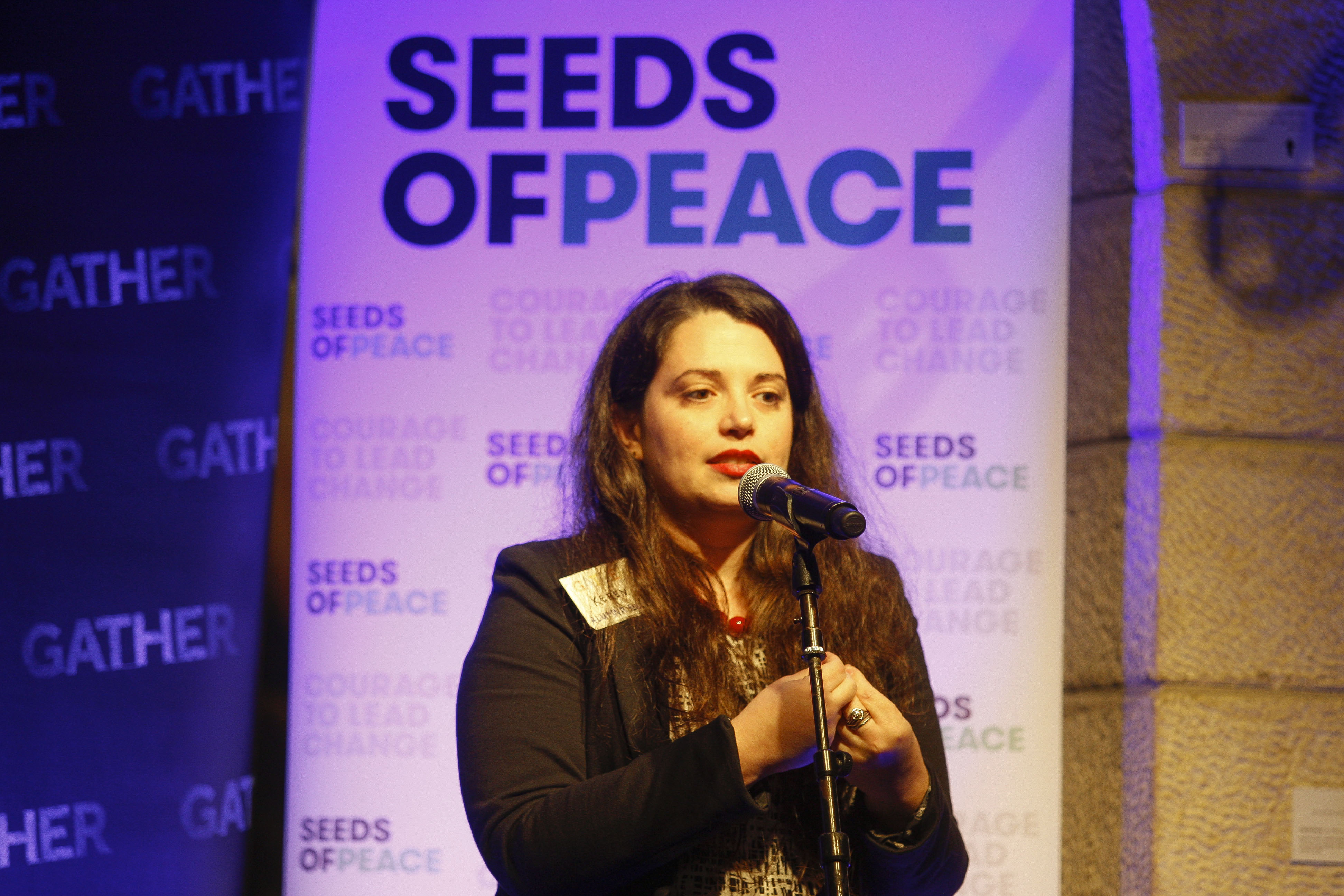
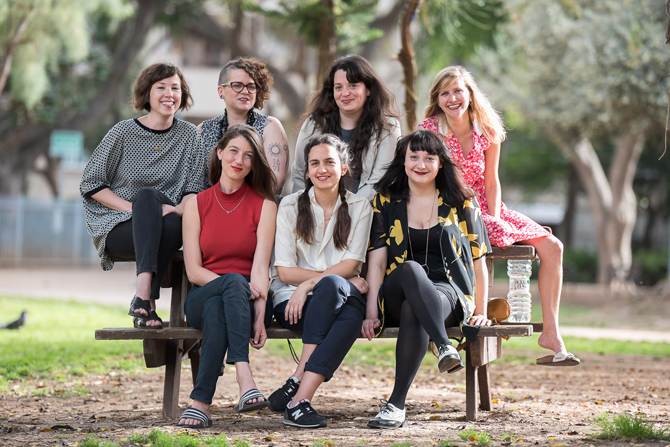 Keren with the other founders of Layla Tov (TimeOut Tel Aviv)
Keren with the other founders of Layla Tov (TimeOut Tel Aviv)